Production Year 2016
 TAKE TECH | TAKE TECH
TAKE TECH | TAKE TECH
ED281600![]()
テイクテック [NHK]
![]()
![]()
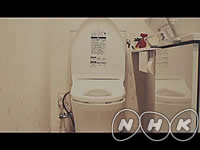

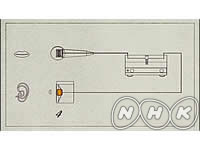

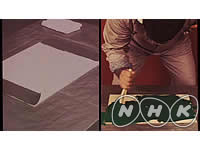
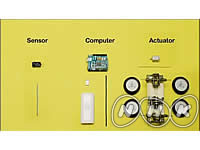
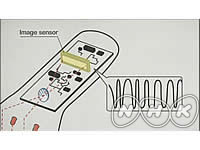
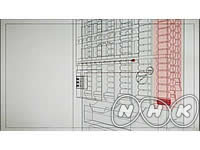

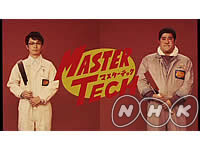
|Length : 10min. x10 |Year : 2016 |
Take Tech is an educational program for children from upper elementary school to high school designed to foster familiarity with everyday technology.
The focus is technology we depend on in our daily lives, such as products found in people’s homes, information systems and machines. Why were they created, and how do they work? Each episode features one key tech, and explains its mechanism and function in an easy-to-understand way. The program closes with a “Question” segment that encourages viewers to do some independent research to sum up what they’ve learned.
(1. Control the Flow)
How does a flush toilet work? This episode goes inside the tank of a toilet to trace the flow of water.
(2. Transmit the Power)
Hand mixers are used in home cooking, but how do the beaters spin so fast? Take a look inside at the different parts and see how they operate.
(3. Convert to Heat)
Hair dryers are handy for drying hair in a jiffy. But how do they blow warm air? This episode examines the mechanism step by step.
(4. Amplify the Signal)
Talk into a microphone and your voice comes out from a speaker, loud and clear. Find out how the mic, speaker and amplifier work together to make sounds louder.
(5. Measure the Time)
Open the back of a watch, and an array of intricate parts comes into view. This episode explains how a watch accurately measures time, down to the second.
(6. Capture the Light)
Today, snapping a photograph is as easy as picking up a smartphone. Explore the technology that allows cameras and smartphones capture images of what we see.
(7. Organize Information)
Shine a red light on a product’s barcode, and data such as the price appear. This episode introduces the technology for reading barcodes, and explains how they’re used to organize information.
(8. Control the Motion)
Insert a coin into a vending machine, press a button, and it dispenses a product. Take a close-up look at what goes on inside.
(9. Meeting the Target)
In Japan, bathtubs are equipped with a unique system for controlling water temperature and volume. Find out how it heats the water to the set temperature and fills the tub.
(10. Cut With the Wedge)
Scissors allow us to cut all kinds of shapes, such as circles and squares, freely and precisely. This episode examines the simple but remarkable technology that makes this possible.
1. Control the Flow
2. Transmit the Power
3. Convert to Heat
4. Amplify the Signal
5. Measure the Time
6. Capture the Light
7. Organize Information
8. Control the Motion
9. Meeting the Target
10. Cut With the Wedge
 ¡Bravo por la Música! | ¡Bravo por la Música! 2015
¡Bravo por la Música! | ¡Bravo por la Música! 2015
ED771600![]()
おんがくブラボー 2015年度 [NHK]
![]()
![]()
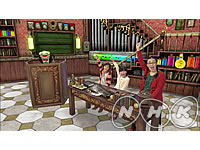
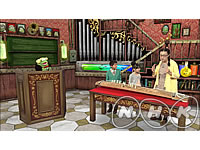
|Length : 10min. x5 |Year : 2016 |
(1. Siente la Música)
Se presentan algunas características de los sonidos instrumentales y las frases melódicas. Se les pide a los alumnos que expresen en palabras lo que sienten al escuchar la música.
(2. Toquemos la Flauta Dulce)
Viene de visita un experto en flauta dulce, que explica algunas técnicas básicas, como el manejo del aire y el golpe de lengua. Los alumnos aprenden cómo mejorar su forma de tocar.
(3. Probemos insturumentos musicales)
Los alumnos aprenden cuáles son las características sonoras de algunos instrumentos de percusión, practican la manera de tocarlos y al final participan en un ensamble.
(4. Los Ritmos Crean Música)
Se les pide a los alumnos que ellos mismos creen ritmos, y que luego los repitan y hagan variaciones con lo aprendido. Luego, combinan sus cadencias en un ensamble de percusión.
(5. Estudiemos una Canción Japonesa Tradicional)
Se utiliza la canción japonesa tradicional “Sakura sakura” (Flores de cerezo) para presentar un instrumento japonés, el koto, y mostrar las características de la escala y las melodías japonesas tradicionales.
1. Siente la Música(ED771601)
2. Toquemos la Flauta Dulce(ED771602)
3. Probemos insturumentos musicales(ED771603)
4. Los Ritmos Crean Música(ED771604)
5. Estudiemos una Canción Japonesa Tradicional(ED771605)














